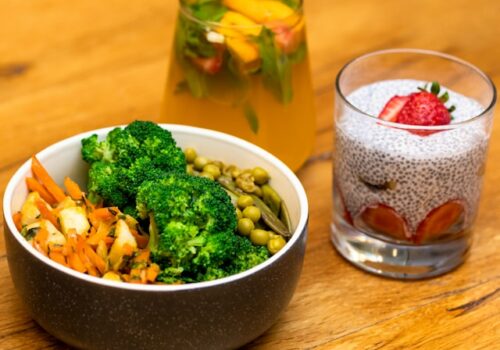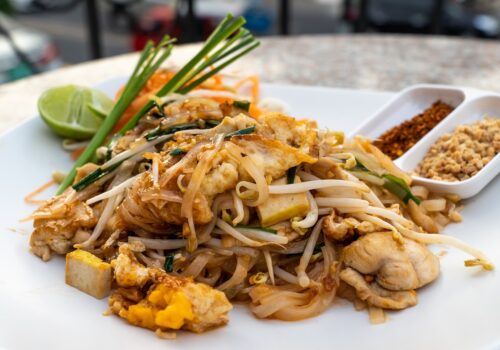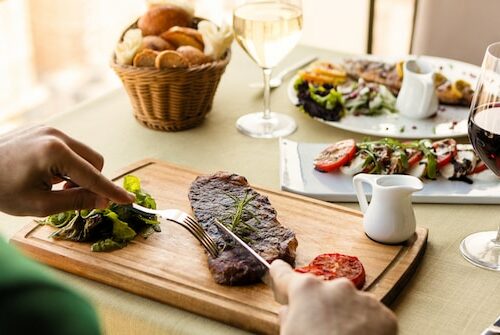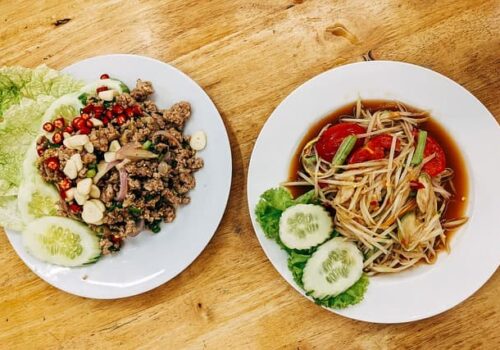The Rich History of Thai Cuisine: A Culinary Journey Through Time
Thai cuisine, renowned for its vibrant flavors and aromatic dishes, is a reflection of Thailand’s rich history, diverse culture, and deep-rooted culinary traditions. From its ancient beginnings to its modern-day evolution, Thai cuisine has captivated food lovers worldwide. In this article, we explore the historical journey of Thai cuisine, highlighting key influences and innovations, including the evolution of cooking techniques and the pivotal role of stoves in Thai cooking.
Early Influences on Thai Cuisine
Ancient Beginnings
The origins of Thai cuisine can be traced back to the early civilizations of Southeast Asia. The ancient Thai people were heavily influenced by their geographic location and the abundant natural resources available to them. Rice, a staple in Thai cuisine, was cultivated in the fertile valleys of the Chao Phraya River. Early Thai cooking methods were simple, primarily involving boiling, grilling, and steaming.
Indian and Chinese Influences
As trade routes expanded and cultural exchanges flourished, Thai cuisine began to absorb influences from neighboring regions. Indian traders introduced spices, herbs, and cooking techniques that enriched Thai culinary practices. Ingredients such as turmeric, cumin, and coriander became integral to Thai cooking, adding depth and complexity to dishes.
Chinese influence, particularly during the Sukhothai and Ayutthaya periods, introduced stir-frying and deep-frying techniques. Chinese immigrants brought with them ingredients like soy sauce, noodles, and tofu, which were seamlessly integrated into Thai cuisine. The combination of Indian and Chinese culinary traditions laid the foundation for the unique and diverse flavors of Thai food.
The Evolution of Thai Cuisine
The Ayutthaya Period
The Ayutthaya period (1351-1767) was a significant era for Thai cuisine. As Ayutthaya became a thriving trade hub, it attracted merchants and immigrants from various parts of the world, including Persia, Portugal, and Japan. These interactions introduced new ingredients and cooking methods, further enriching Thai cuisine.
One of the most notable contributions from this period was the introduction of chili peppers by Portuguese traders. Chilies quickly became a staple ingredient, adding the signature heat to Thai dishes that we know today. Additionally, the use of coconut milk and sugar became more prevalent, leading to the creation of iconic dishes like green curry and Thai desserts.
The Rattanakosin Era
The Rattanakosin era (1782-present) saw the formalization and refinement of Thai cuisine. The royal court played a crucial role in elevating the culinary arts, emphasizing intricate presentation and balanced flavors. Dishes were meticulously prepared, showcasing the skill and artistry of Thai chefs. This period also marked the introduction of Western culinary influences, leading to the fusion of traditional Thai and Western flavors.
The Role of Stoves in Thai Cooking
Traditional Thai Stoves
The evolution of stoves has had a profound impact on Thai cooking techniques and the overall culinary experience. Traditionally, Thai households used clay stoves known as “tao” for cooking. These stoves were fueled by charcoal or wood and provided a steady, intense heat that was ideal for grilling, stir-frying, and steaming. The tao stove’s design melhor fogão 4 bocas allowed for precise temperature control, which is essential for achieving the perfect balance of flavors in Thai dishes.
Modern Innovations
As technology advanced, so did cooking methods in Thai cuisine. The introduction of gas and electric stoves brought convenience and efficiency to Thai kitchens. Gas stoves, in particular, became popular for their ability to provide consistent heat and quick temperature adjustments. This innovation made it easier to prepare complex dishes that require precise cooking times, such as stir-fried vegetables and delicate seafood dishes.
In contemporary Thai kitchens, a combination of traditional and modern stoves is often used. While gas and electric stoves offer convenience, many chefs and home cooks still prefer the authentic flavors achieved with a charcoal stove. The smoky aroma and high heat from a charcoal stove are irreplaceable when grilling skewers of satay or cooking over a wok.
The Globalization of Thai Cuisine
Thai Cuisine on the World Stage
In recent decades, Thai cuisine has gained international acclaim, becoming one of the most beloved and recognized cuisines worldwide. Thai restaurants have proliferated in cities across the globe, introducing people to the complex and harmonious flavors of Thai food. Dishes like Pad Thai, Tom Yum Goong, and Massaman Curry have become household names, celebrated for their unique blend of sweet, sour, salty, and spicy flavors.
The Influence of Global Trends
As Thai cuisine continues to evolve, it has also embraced global culinary trends. The emphasis on health and wellness has led to a greater focus on fresh, organic ingredients and plant-based dishes. Thai chefs are experimenting with new flavors and techniques, blending traditional Thai elements with modern culinary innovations to create exciting and innovative dishes.
Conclusion
The history of Thai cuisine is a testament to the rich cultural tapestry and culinary ingenuity of Thailand. From its ancient roots and early influences to the modern innovations and globalization of Thai food, each chapter in this culinary journey has contributed to the vibrant and diverse flavors that define Thai cuisine today. The evolution of cooking techniques, particularly the role of stoves, has played a crucial part in shaping the way Thai food is prepared and enjoyed.
As Thai cuisine continues to captivate taste buds around the world, it remains a true reflection of Thailand’s heritage, creativity, and passion for good food.





